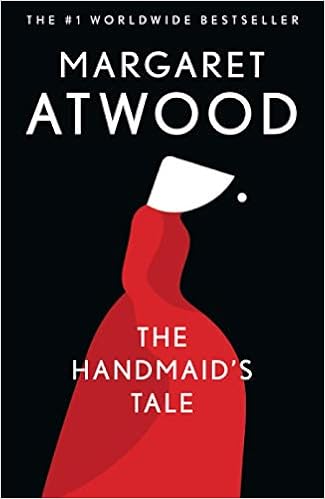
Led by conservative politicians and parents, a renewed wave of banned books has been raging through American school districts, washing away title after title.
Books dealing with LGBTQIA+ identities, racism, and historic atrocities have been challenged– most notably Art Spiegelman’s “Maus”, which grapples with his parents’ experience in the Holocaust.
If implemented, these book bans would create an artificial silence around issues of racism and LGBTQIA+ identities.
The latter goes hand in hand with political moves like the “Don’t Say Gay” bill, which prevents teachers from speaking about LGBTQIA+ topics (such as gender identity or sexual orientation) to schoolchildren.
Hard truth on banning books
Here’s a difficult truth: if a child is gifted an iPhone or iPad, as many American children are, it’s no longer possible to shield them from all forms of cruelty.
Even with parental controls, when the world is placed in a child’s palm, you can’t filter out the unsavory parts with complete accuracy.
When we remove these difficult topics from classrooms, we aren’t preventing our children from encountering them; we’re only taking away their space to discuss them with trusted adults and peers.
We risk raising a generation of children who develop their viewpoints on racism, LGBTQIA+ people, and atrocities on the Internet, where the outrage is social currency and nuance is lacking.
Those hoping to ban books should also consider that the practice can be counterintuitive. As humans, we have a burning curiosity to know the information deemed forbidden to us– we are all Bluebeard’s wife, wondering what is behind the door.
Ironically, sales of titles usually increase after they’ve been banned. Why not join in, and give banned books a try?
“Any book worth banning is a book worth reading.”
Isaac Asimov
Below is a list of 7 titles that have commonly been challenged, and the reasons why they were considered unsuitable– and afterward, places where you can buy them.
“Maus” by Art Spiegelman
As previously mentioned, this graphic novel recounts the author’s parents’ experience during the Holocaust, and though the committee cited curse words as the reason for banning, it has sparked a national conversation about what topics are suitable for children to learn.
“The Hate U Give” by Angie Thomas
“The Hate U Give” follows Starr, and her encounter with racially motivated police brutality when her friend is killed during a traffic stop.
The banning of the book was cited due to expletives, but the conservative backlash against teaching children the state of American race relations suggests an alternative motive.
“All Boys Aren’t Blue” by George M. Johnson
This self-declared memoir-manifesto details the upbringing of a queer black boy in New Jersey. By telling the truthful story of his life, Johnson hopes to erase the distance that fictionalization can create between a story and its audience.
It is a frequent target of school boards, and opponents have concerns about mentions of masturbation and oral sex.
“Beloved” by Toni Morrison
Toni Morrison books are frequent targets of banning– likely due to her frank, uncompromising handling of difficult subjects. Beloved, in specific, deals with slavery, infanticide, racism, and sexual abuse in no uncertain terms. Critics of censorship worry that banning these books will sanitize the history of American racism, but opponents say the content is too disturbing for children.
“Gender Queer” by Maia Kobabe
Maia Kobabe’s graphic memoir chronicles eir struggles with binary gender roles, growing up, and coming into one’s body. The banning of this book is part of the ongoing effort to censor gay literature and gay stories from children.
“To Kill A Mockingbird” by Harper Lee
This classic novel, dealing with a small town’s scapegoating of an innocent black man, is one of the most frequently banned titles in schools all over America. Like most truly great books, it makes the reader uncomfortable.
Many schools emphasize its teaching as an important example of the way outsiders are treated, but some schools still reject teaching this book on the grounds of sexual content and racial slurs.
“The Handmaid’s Tale” by Margaret Atwood
Margaret Atwood’s most prominent novel envisions a futuristic America where fertility rates have plummeted, and the remaining fertile women are kept as broodmares for wealthy men.
Though the story is fictional, Atwood continually reminds her readers that everything within the story has happened to women at some point in history. The book is most commonly banned for its explicit sexual content.
Where you can buy these banned books
If you can find these banned titles in your local library, give them a try.
Independent booksellers in your community would also appreciate the business, but a Barnes and Noble store work in a pinch. If you’re looking to buy online, dodge Amazon and try Bookshop.org, which supports local bookstores.












